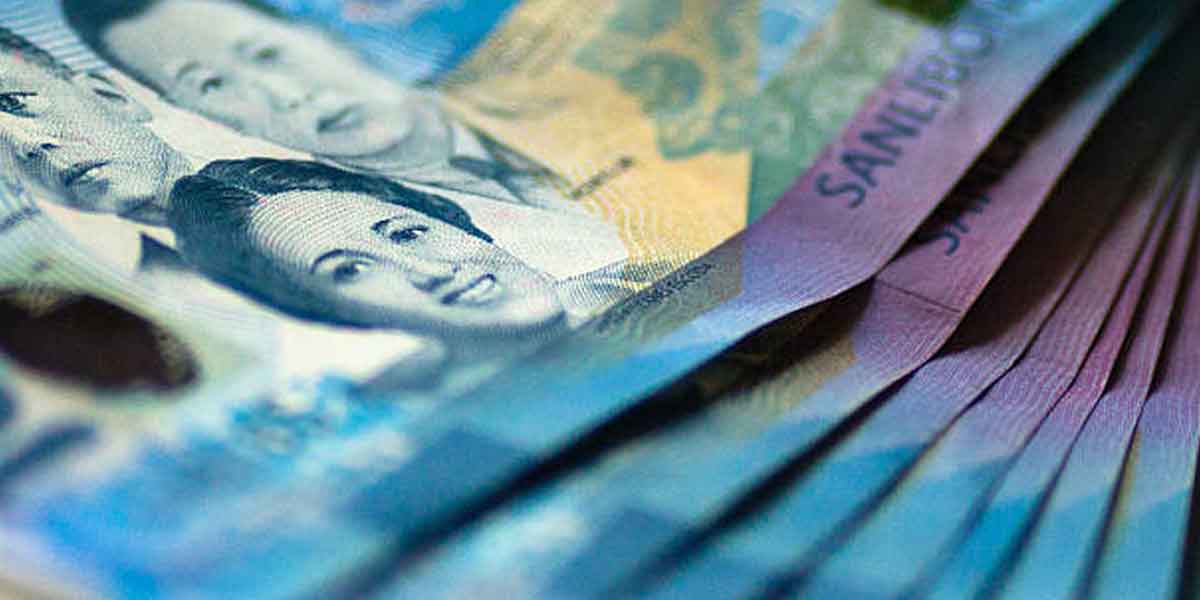The Iloilo Electric Cooperative (ILECO) III’s recent announcement of a likely surge in electricity bills come May 2024 has sent ripples through its consumer base.
At the core of this development lies a dramatic 22.86% jump in power consumption from March to April, with further increases anticipated.
The underlying causes are multifaceted, involving higher rates at the Wholesale Electricity Spot Market and operational challenges like red alerts from the National Grid Corporation of the Philippines.
Historically, spikes in power usage typically translate to increased rates for consumers. This pattern holds as utilities are forced to purchase additional power at higher market rates to meet demand, costs that are invariably passed down to consumers.
In the face of such hikes, ILECO III’s response has been twofold: to warn consumers of the impending rise in costs and to introduce a loan program to mitigate the impact.
The loan program, proposed to the National Electrification Administration (NEA), is innovative in that it does not involve the usual route of securing funds through the Land Bank of the Philippines (LBP). Instead, ILECO III intends to use its own reserves to offer loans directly to consumers, enabling them to manage the payment of their increased bills over a three-month period. This approach is commendable for its directness and the immediate relief it offers.
However, it raises substantial concerns regarding the sustainability and potential risks involved.
The primary concern is the impact on ILECO III’s financial health. By extending loans using its own funds, the cooperative risks depleting its reserves, which are crucial for other operational needs and emergency situations.
Utilizing its own reserves to fund consumer loans without external financial backing is a high-stakes gamble for ILECO III. It presumes that consumers will repay these loans in a timely manner. The cooperative’s financial health could be jeopardized if repayments falter or if the economic conditions deteriorate further, leading to higher default rates.
The critical question here is how ILECO III plans to ensure timely loan repayments from its consumers. While offering loans might provide temporary relief, it does not address the systemic issue of rising energy costs. There’s also the added risk of creating a cycle of dependency where consumers might expect continuous support, which could strain the cooperative’s finances if the energy crisis worsens.
Should a substantial number of consumers default on their repayments, the cooperative could face a liquidity crunch. This is particularly concerning given the unpredictable nature of global energy markets, which could drive costs higher and extend the period in which consumers need support.
Moreover, the success of this loan program hinges on the cooperative’s ability to ensure timely repayment. Unlike traditional banking institutions, utilities may not have the same mechanisms or expertise in managing credit risk. Without stringent checks and a robust framework to enforce repayment, the program could lead to financial instability for the cooperative.
Furthermore, high power consumption rates impact not just on costs but also on the broader energy infrastructure. Increased demand can lead to greater wear and tear on equipment, necessitating more frequent maintenance and potentially hastening the need for costly infrastructure investments, which could further strain ILECO III’s financial resources.
To mitigate these risks, ILECO III should consider:
-Implementing stringent credit assessments before granting loans to ensure that only consumers capable of repayment are extended credit.
-Setting up a contingency reserve or securing partial external funding to protect its financial stability.
-Collaborating with other utilities and government bodies to advocate for more sustainable energy pricing policies and possibly secure subsidies or support for their loan program.
-Educating consumers on energy conservation to reduce overall consumption, which could naturally lower their bills.
As consumers brace for higher electricity bills, the dual challenge for ILECO III and other electric cooperatives becomes clear: managing immediate consumer needs while ensuring long-term sustainability. The cooperative’s initiative to shield its consumers from the immediate financial burden of rising power costs is laudable, but it must be balanced with prudent financial management to safeguard the cooperative’s future.





















